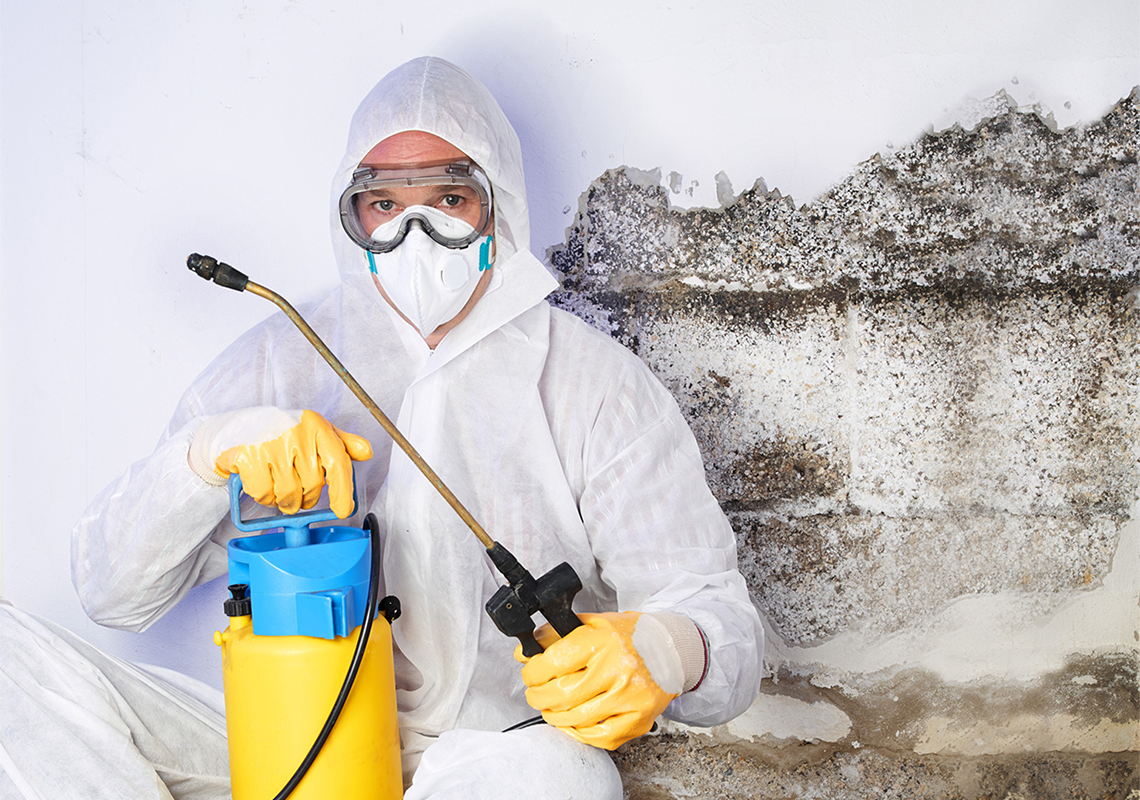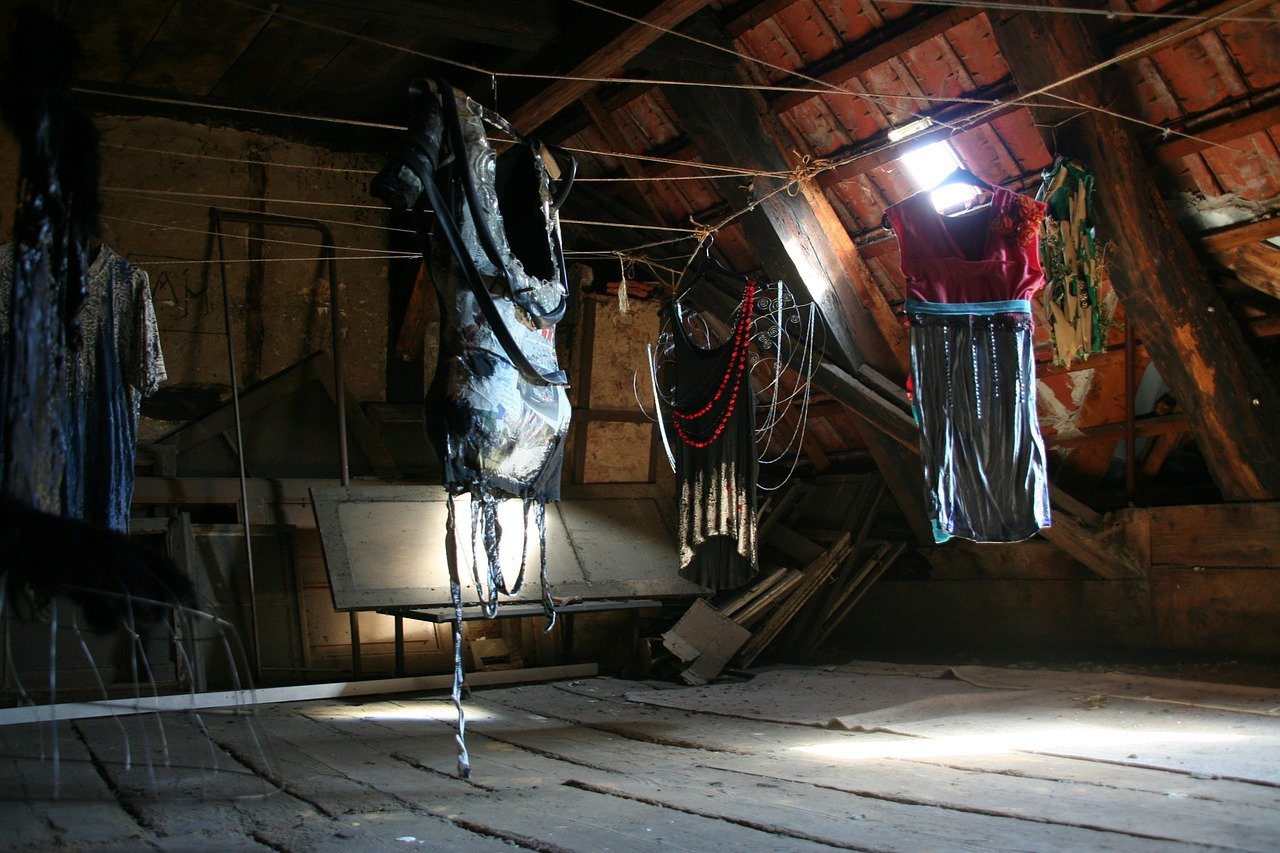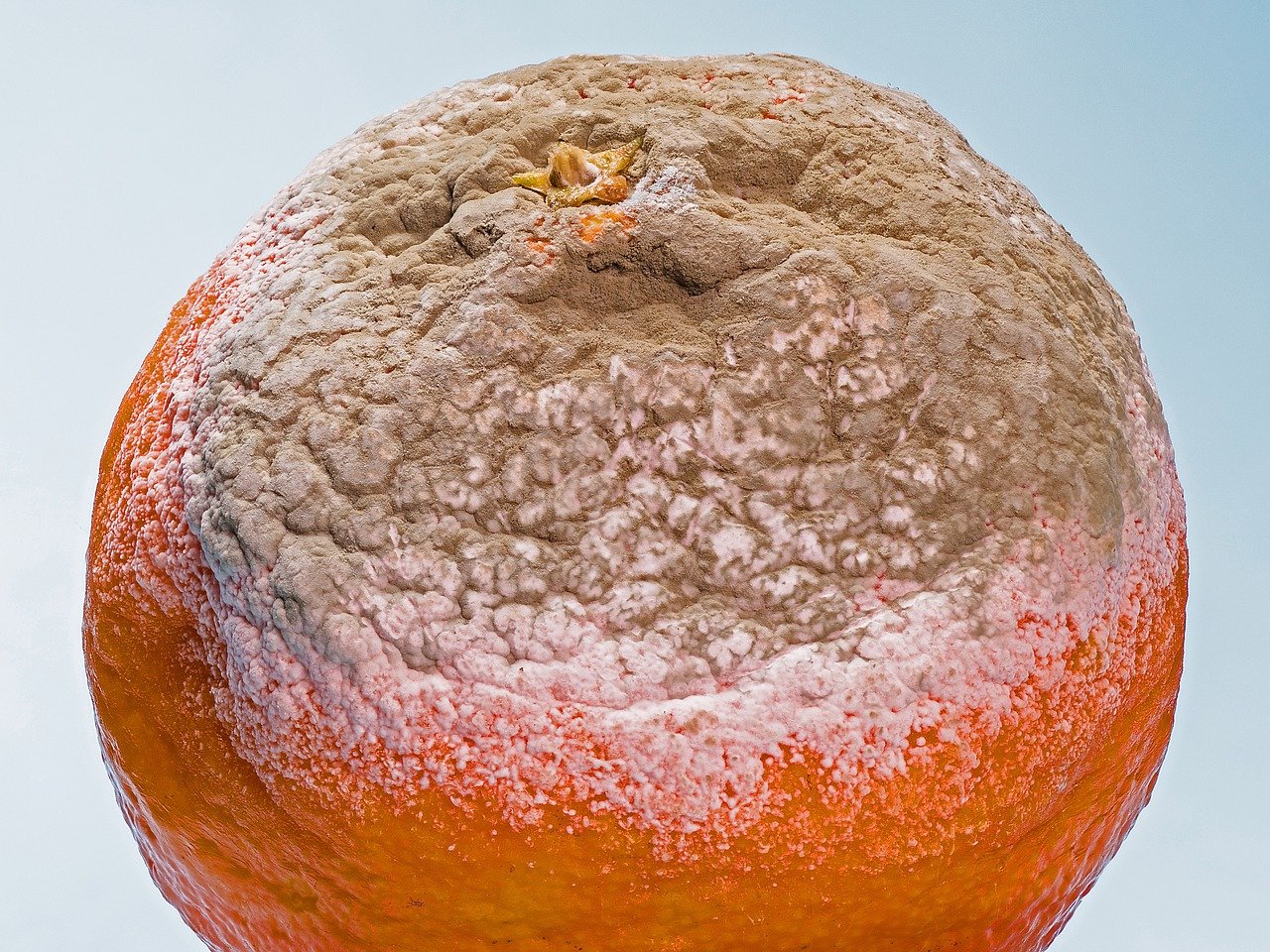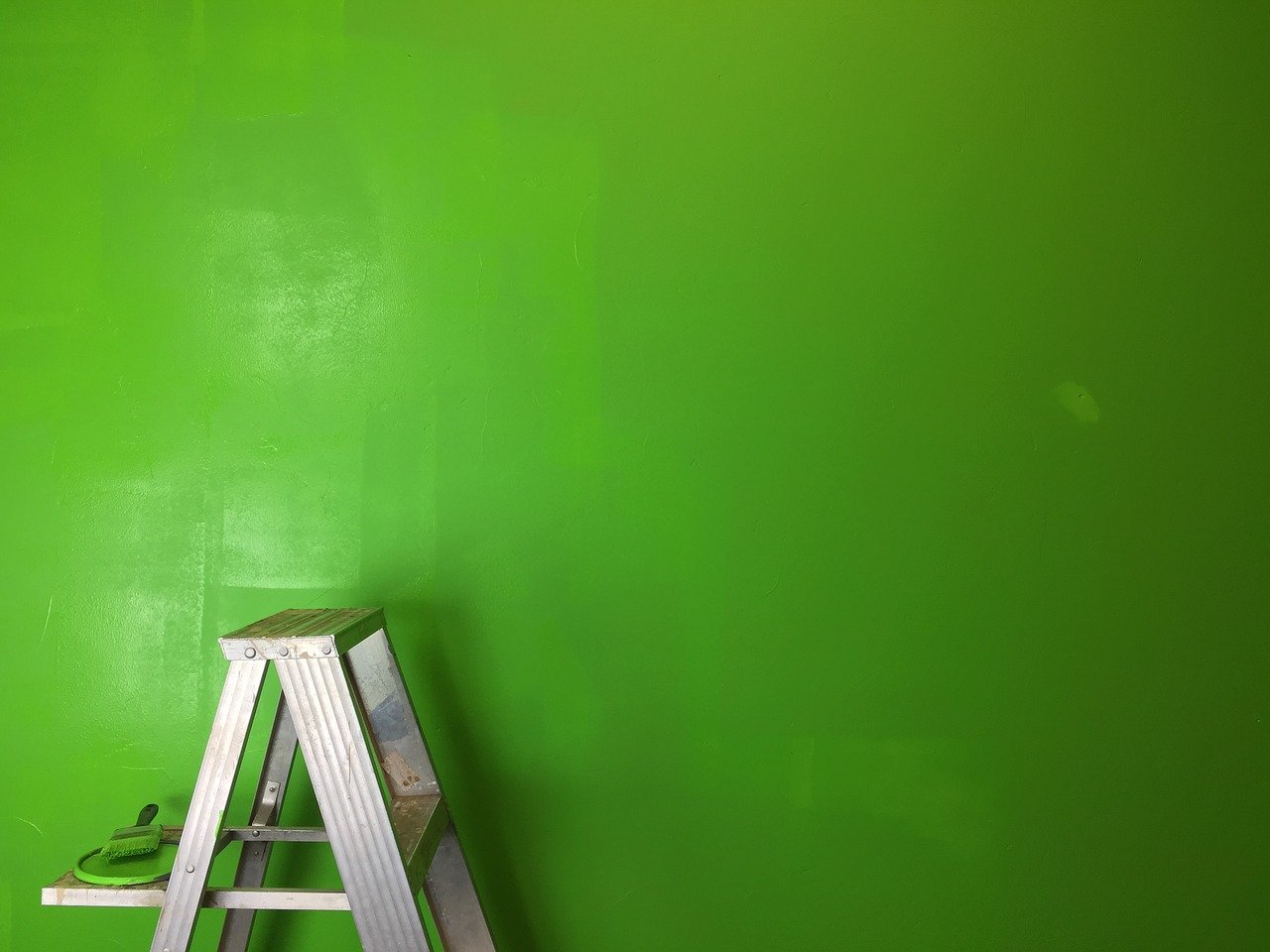
15 Interesting Facts About Mould
By: 911 Water Damage Experts
Being a mould removal company, it’s normal for us to run into and remove unsightly mould. They come in all shapes and sizes and will grow in places with moisture around the home. Mould removal is also one of our most popular services and we often come across folks who know very little about it, which is what inspired this post.
Below, 911 Water Damage Experts highlights 15 interesting facts about mould.
Let’s go.
It’s Not Always Easy To See
When you think of mould, you picture green and black fluffy spores or even a mould-covered piece of bread. But what if we told you that not all mould was easy to spot?
Let’s take bread, for example. While you might notice green and black spores forming on your bread, they may have started as small white dots. Given that they blend into the look of aging bread, you may have been eating mould without even knowing it!
Mould is also not always easy to see because it can lurk in hard-to-reach places of your home. Behind beautiful-looking wallpaper in your home could be a significant mould issue that you knew nothing about.
Millions of People Are Affected By It
We can breathe in up to 10 billion mould spores every day. While most of us won’t be affected by breathing in small amounts, some people can be. Anyone with respiratory illnesses like asthma may suffer from more intense asthmatic episodes as a result of mould exposure.
It Can Affect Your Skin
If you’ve noticed that you’re suffering from skin infections and reactions that just don’t seem to heal, mould could be to blame. Skin irritation is one of many symptoms of mould exposure. Fortunately, a mould removal expert can visit your home and get to the bottom of the problem.
It Grows Fast
And by fast, we mean really fast. For example, if a pipe starts leaking in your home and affects the surfaces around it, mould can form in the dark, damp areas near it in less than two days. That’s why it’s essential to act fast when you notice a leak or spot mould. The more time you waste, the more the mould has to spread.
You Can Contain Its Growth
We’ve just said that mould grows fast – and it does. However, you can contain its growth. If you have to wait for a professional to come in and take care of the problem, a dehumidifier set on 40 percent will keep humidity levels at bay to slow down mould growth.
The World Health Organization Declared It A Hazard
Mould might be a necessary part of the life-saving Pencilin, but some forms of it are also a health hazard. In 2014, WHO declared that mould contributed to several health problems, such as allergies, asthma, pneumonia, cancer, and even miscarriages. Therefore, calling in the mould experts to remove it from your home can be an incredibly important action to take.
There Are Over 10,000 Mould Varieties
Each of the 10,000 mould types in existence has its own unique makeup and effect on health. However, even though there are 10,000 mould varieties, you will only ever see around five in your home.
Aspergillus will form in warmer climates, while Cladosporium prefers the cold. If you have leaking pipes or flooding, Alternaria is one of the most common ones you will see. The mould you find spreading throughout your carpet and walls is likely Penicillium.
One that can produce the most severe health effects is Stachybotrys Chartarum, which also goes by the name of black mold due to its black spores.
It Can Cause Diseases
We all know that having mould in your home can worsen asthma and make people experience cold and Flu-like symptoms. However, mould can also be responsible for diseases.
There is a link between mould and multiple sclerosis, as well as mould-induced asthma, hypersensitivity pneumonitis, and allergic fungal sinusitis.
Live or Dead – The Spores Are Still Harmful
You may think that just because the mould spores you find are dead, you don’t have to bring in mould removal experts to assess your home. However, the dead ones are just as harmful as the live ones. Even decades after those live spores die, they can continue to wreak havoc on your home and health.
Painting Won’t Help
Mould-covered walls can be unsightly. So, your method of solving the problem might be to apply a fresh coat of paint. While that can temporarily provide a barrier between the spores and your family – not for long. Eventually, they will penetrate through the fresh paint and continue their reign of terror.
Getting to the cause of the mould, such as a leaking pipe, should be the first course of action, followed by removal or cleaning of the mould-affected materials.
Vinegar And Bleach Are Must-Haves For Cleaning Mould
You don’t need any complex mould cleaning solutions to give mould spores their marching orders. Instead, you just need vinegar and bleach. These can kill mould spores in wood and drywall. Vinegar can get into porous surfaces, while bleach is a suitable option for non-porous surfaces.
Mould Can Grow And Walk
Mould can grow in the form of slime, which means it’s able to move and roll on surfaces. Many of these slime-type moulds also possess a chemical process that allows them to avoid harmful chemicals.
Mildew Is Mould
You often hear the common phrase, “mould and mildew.” But as it turns out, mildew is mould. They both come from the same fungi type that forms mould.
Mould Can’t Grow On All Surfaces
If you’ve lived in a house covered in mould, you might disagree that mould can’t grow on all surfaces. However, it’s not able to take up residence on glass, rocks, or concrete unless there is debris or dirt on these surfaces for it to cling to.
They have no moisture content and aren’t capable of supporting mould growth. That’s a relief for anyone living in homes featuring large amounts of these materials.
Mould Can Pass Through Air Filters
If you were to wear a surgical mass to avoid breathing in mould spores, you wouldn’t be successful. The mesh in surgical masks is spaced too far apart to prevent mould spores from entering your respiratory system.
That’s why you see mould removal teams entering homes wearing masks with HEPA filters. They can filter out particles as tiny as 0.05 microns to keep themselves safe on the job.
If you have any questions about mould removal and mould inspection feel free to call us at 1-833-WE-DRY-IT or chat with us in near real-time on our Facebook fan page.






